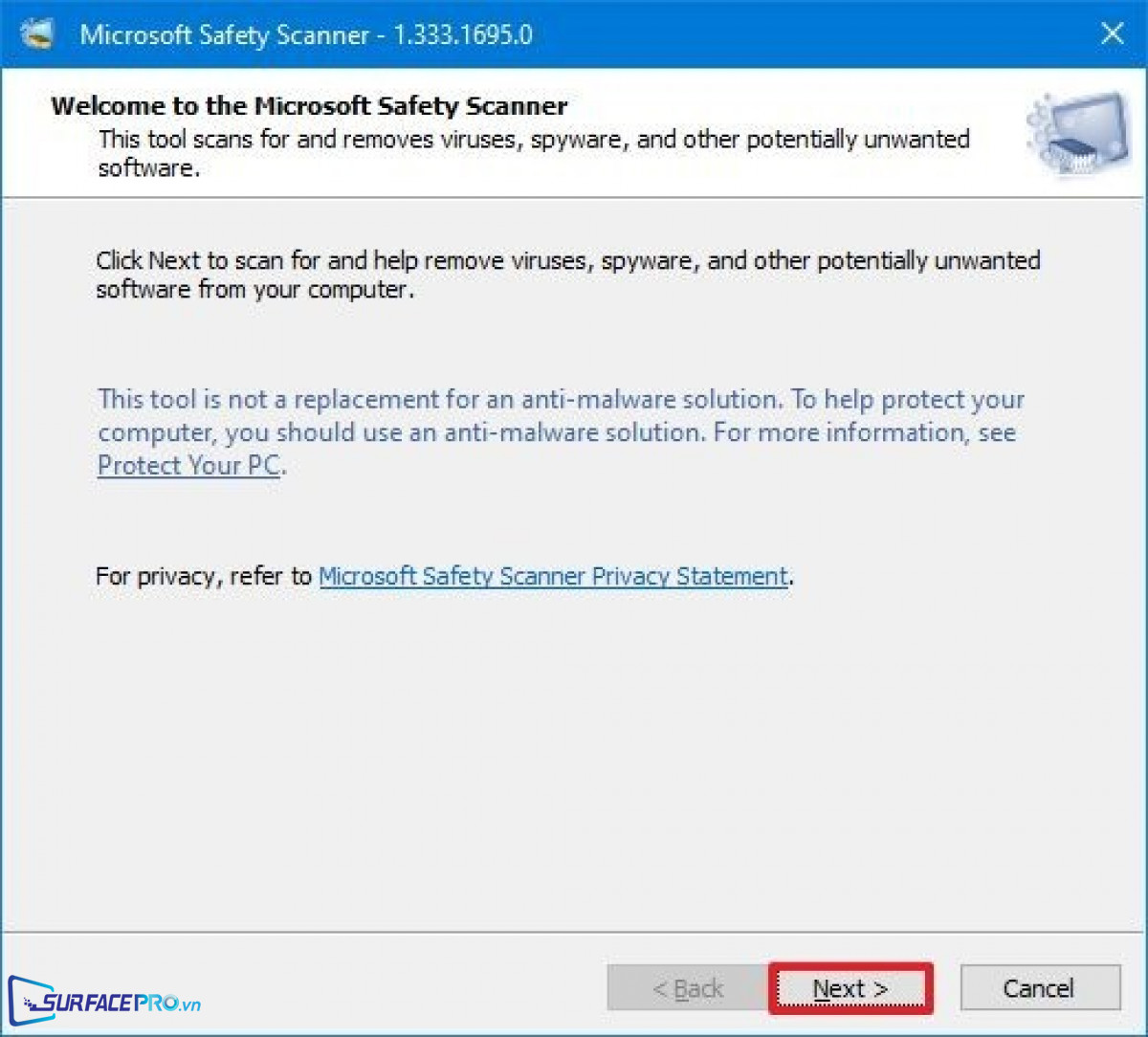

These remediation steps are effective against known attack patterns but are not guaranteed as complete mitigation for all possible exploitation of these vulnerabilities. %Exchange Server Installation%\FrontEnd\HttpProxy\ecp\auth* %Exchange Server installation path%\FrontEnd\HttpProxy\owa\auth* %IIS installation path%\aspnet_client\system_web* Customized scan – This can be configured to scan the following file paths where malicious files from the threat actor have been observed:.It is the most effective option although it might take a long time to complete depending on the directory size of your server. Full scan – The most effective way to thoroughly scan every file on the device.

Select whether you want to do full scan, or customized scan.Read the Microsoft Safety Scanner Privacy Statement, then click Next.Read and accept the End user license agreement, then click Next.Note: In case you need to troubleshoot it, see How to troubleshoot an error when you run the Microsoft Safety Scanner. Download MSERT from Microsoft Safety Scanner Download – Windows security.To use the Microsoft Support Emergency Response Tool (MSERT) to scan the Microsoft Exchange Server locations for known indicators from adversaries: Administrators can use this tool for servers not protected by Microsoft Defender for Endpoint or where exclusions are configured for the recommended folders below. Microsoft Defender has included security intelligence updates to the latest version of the Microsoft Safety Scanner (MSERT.EXE) to detect and remediate the latest threats known to abuse the Exchange Server vulnerabilities disclosed on March 2, 2021. Microsoft Support Emergency Response Tool (MSERT) to scan Microsoft Exchange Server


 0 kommentar(er)
0 kommentar(er)
